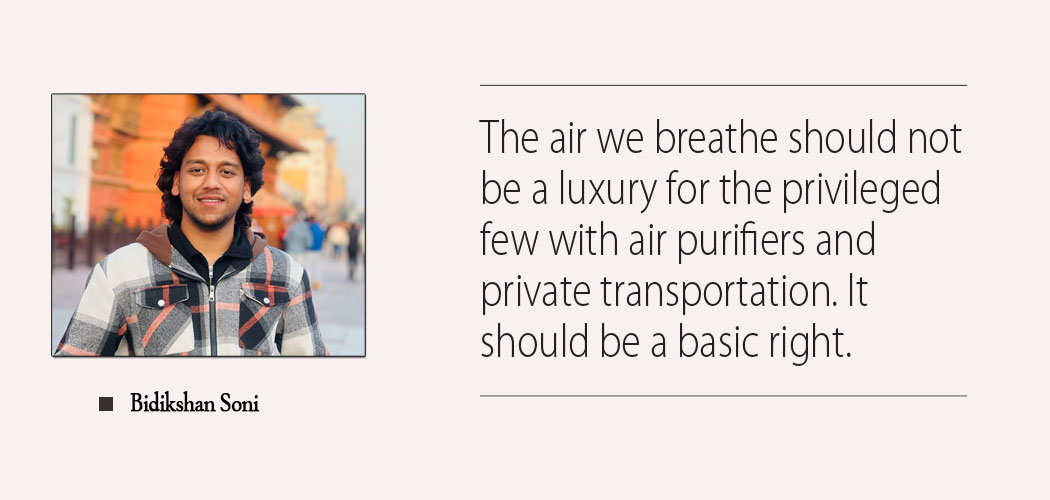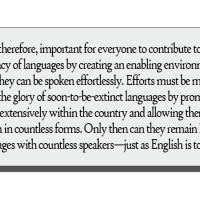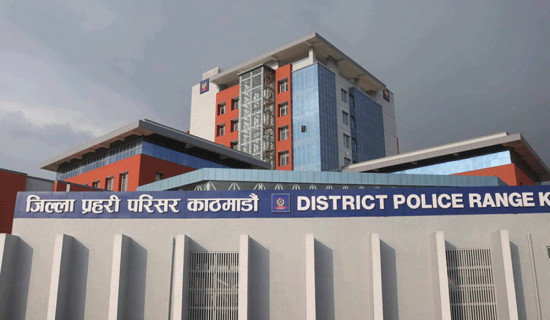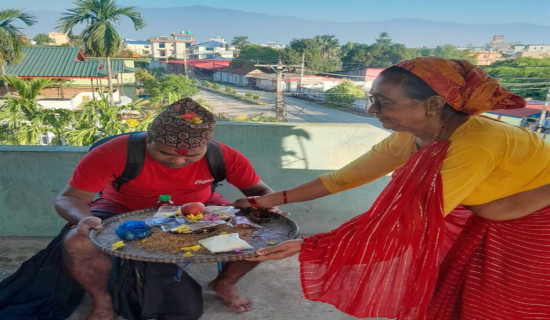- Friday, 14 November 2025
Air Quality Crisis Warrants Urgent Action
Recently, Kathmandu, the capital of Nepal, consistently topped the charts for the highest Air Quality Index (AQI) for about a week, sparking concern, especially among its residents, and also across the nation. The city slipped into the spotlight as a symbol of disgrace in the news. Its bowl-like geography, once a defining feature of its charm, came to hold the filth spewed from exhaust pipes and industrial chimneys. The hills that had once echoed with birdsong now loomed like walls, closing in, trapping the poison in the air. The mountains that once stood magnificently on the horizon had seemingly ceased to exist—not only to the eyes but even to the mind.
Such was the state of the air and the suffocating grip it had on people’s lives. Dust filled the air, obscuring the sun and turning the sky into a dull haze, blurring the line between morning, afternoon, and evening. People started feeling severe health problems, with some reporting incessant eye irritation, sore throats, suffocation, and persistent coughs. Once again, wearing a mask became necessary, as it had been during the COVID-19 pandemic, not out of fear of a virus, but because of the polluted air.
Life-threatening pollution
And yet, amidst this life-threatening pollution, many people continued to wander the streets without masks, as if the haze were not real, or perhaps had already become too familiar to be feared. Vehicles with outdated exhaust systems continued to navigate through the city’s roads, belching fumes into an already saturated atmosphere. Plastic waste had become an urban accessory, with streets lined with disposable cups and wrappers from countless tea stalls, fluttering about like dry leaves with nowhere to go. Meanwhile, brick factories—those smoke-emitting giants on the outskirts—continued to release toxic smoke.
According to an ICIMOD study, Kathmandu was engulfed in severe pollution for 75 out of the past 90 days. What’s more concerning was that this crisis was no longer confined to the capital. It had spread slowly to other regions of the country, putting a larger population at risk. From a human health perspective, the consequences were far from minor. Research had shown that air pollution was shaving nearly five years off the average lifespan. But that statistic was just a number. In reality, it meant days of dizziness, children born with breathing problems, and the elderly gasping for air in hospitals.
The damage reached deeper, far beyond just itchy eyes and irritated throats. Prolonged exposure was linked to conditions such as lung cancer, heart disease, and stroke. Moreover, “the high concentration of particulate matter (PM) in the air was wreaking havoc on ecosystems, contributing to acid rain, worsening climate change, and quietly disrupting soil, crops, and water,” stated an article published in this daily. How fragile the country’s education system must be if it has failed to instil even a basic sense of urgency, awareness, or accountability. Environmental education remains largely theoretical, confined to textbooks with minimal emphasis on practical application or behavioural change.
There is little effort to link what is taught in the classroom with the environmental challenges happening right outside the school walls. Critical thinking, civic responsibility, and public awareness—core pillars of a robust education system—are underdeveloped or completely ignored. Students graduate with a limited understanding of public health risks, ecological interdependence, and the role of individual action in addressing systemic crises. The media and civil society had not done enough either. Beyond a few daily AQI updates and photos of smoggy skylines, there had been little consistent focus on the issue. People tend to forget after a while, and when they do, they stop caring.
Basic right
Luckily, the recent rain brought some relief. The sky turned a clear, open blue. From a distance, the hills and mountains once again seeped into the eye—soft, familiar, and almost unreal after days of haze. Everything looked joyous under the sun. The air felt fresh, clean enough to breathe without fear. It was the kind of day that reminded people of what Kathmandu had been like – one that made you want to step outside just to feel the world again.
But this brief pause should not lull anyone into complacency. It was a temporary cleanse, not a solution. Nature, in its grace, had offered a brief moment of clarity. But if people slipped back into forgetfulness—if the brick kilns kept burning, the cars kept puffing, and the plastic kept piling up—Kathmandu would be back in the murk sooner than anyone imagined.
The air we breathe should not be a luxury for the privileged few with air purifiers and private transportation. It should be a basic right. But for that to happen, change must be demanded—not just from governments and industries, but from within communities, schools, media houses, and homes. We must remember what it felt like to walk freely in the sun, to see the mountains stretch into the sky, and to breathe without a second thought.
(Soni is a freelancer.)











-original-thumb.jpg)




